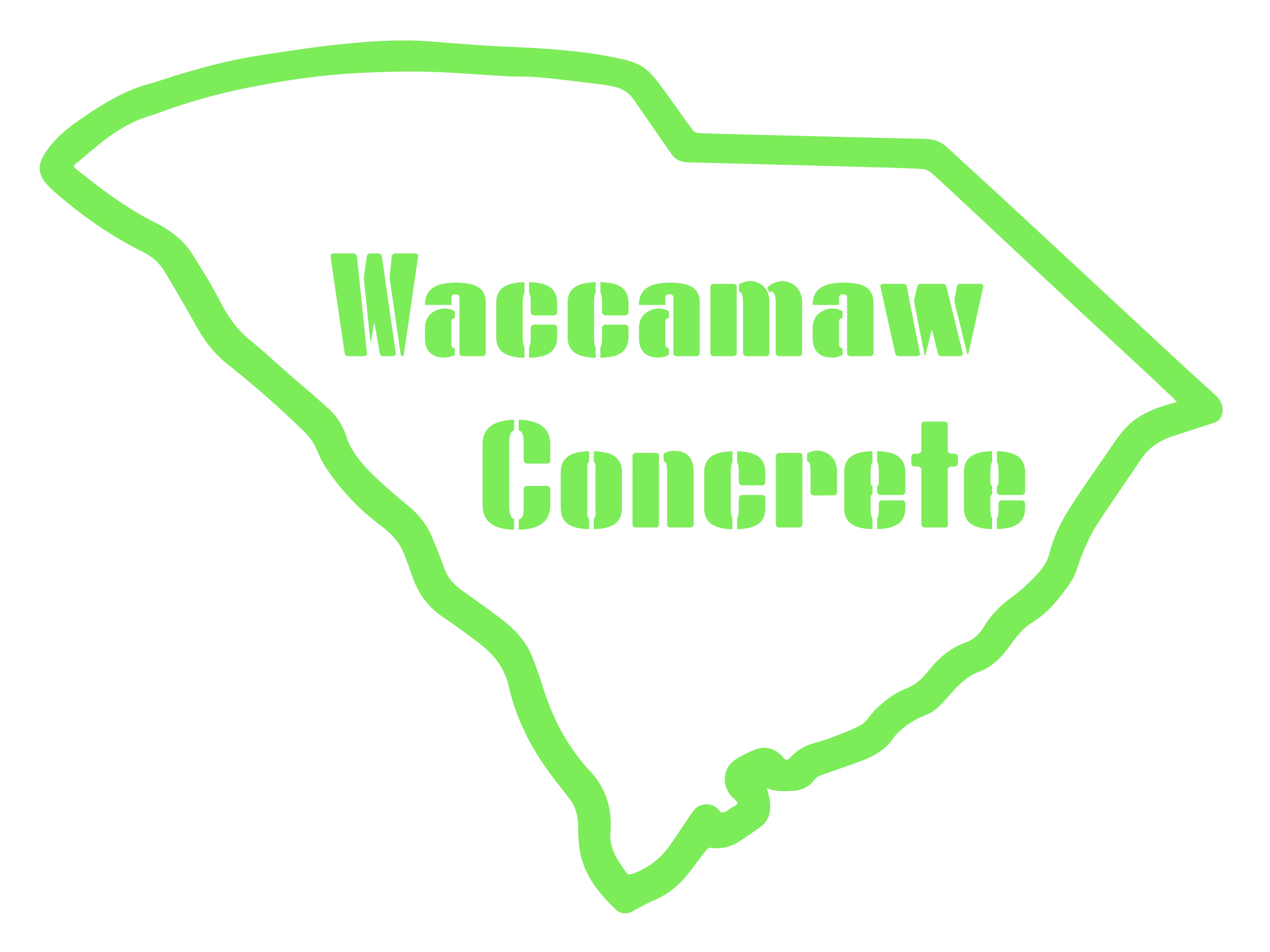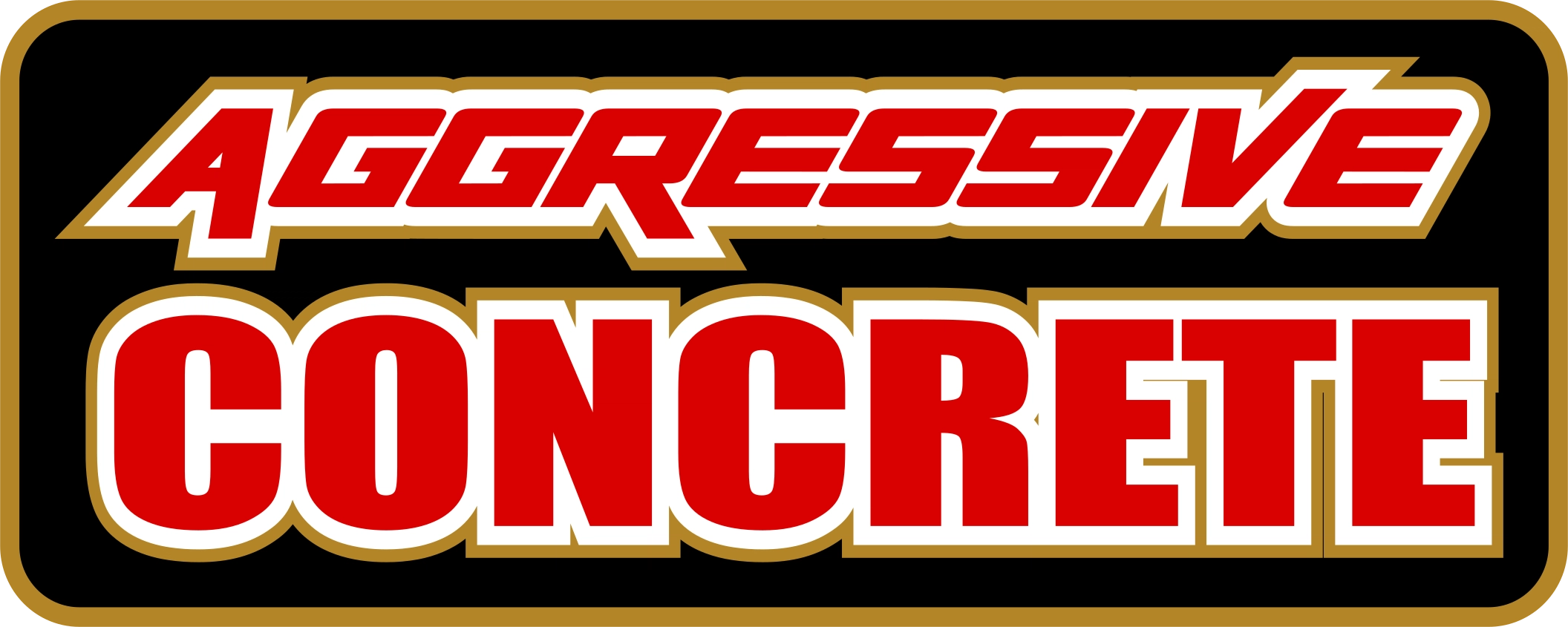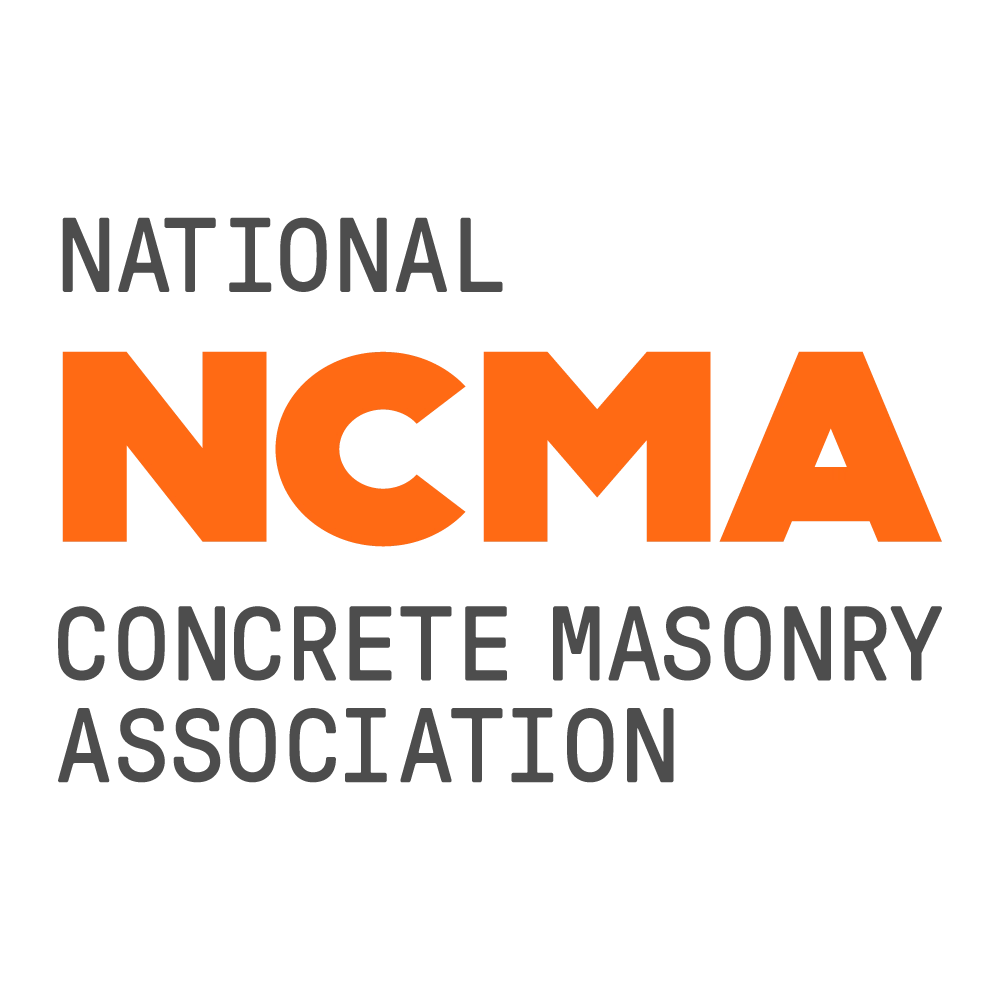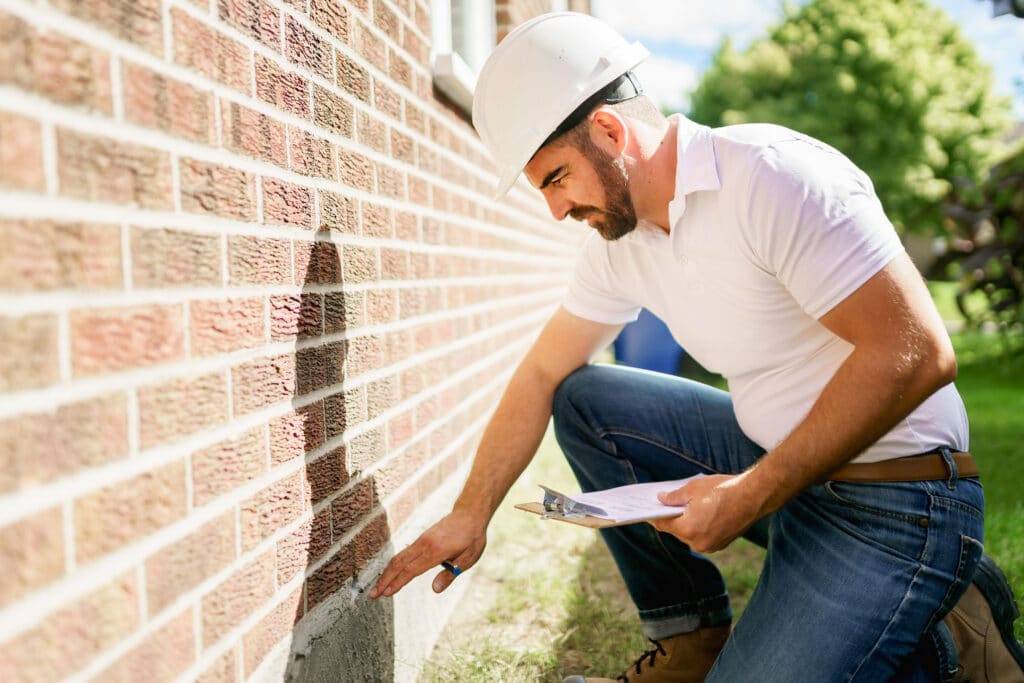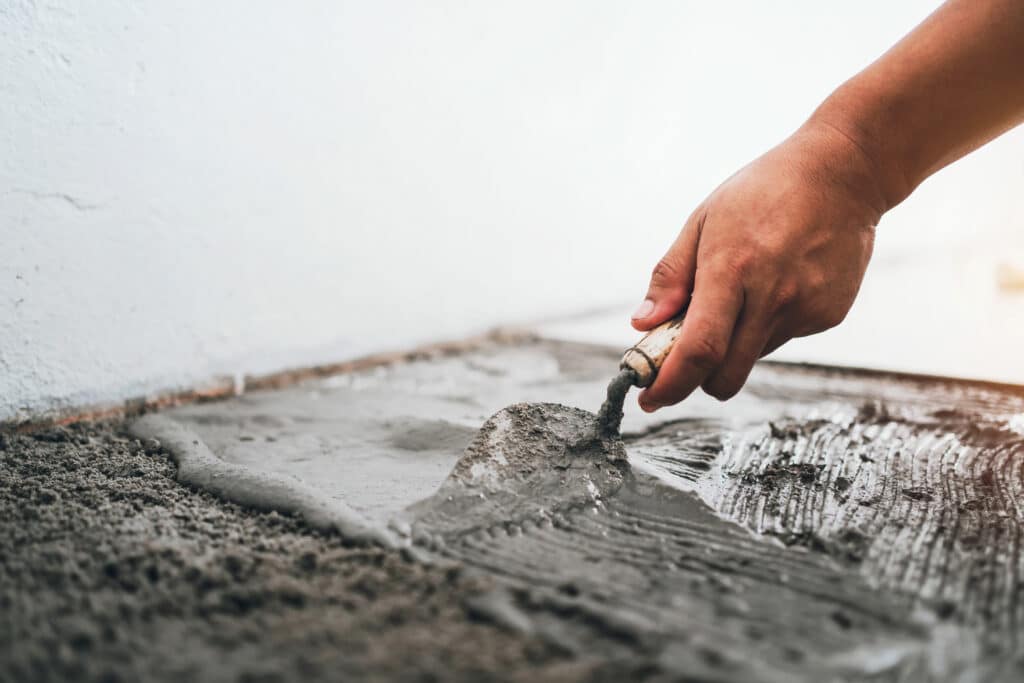Common Causes of Foundation Problems in Myrtle Beach
Some typical reasons why Myrtle Beach homeowners face foundation problems include:
- Standing water: Standing water around your home can harm your foundation's integrity, especially when it collects in areas your drainage system doesn't reach.
- Aging plumbing: While many Myrtle Beach homes are fairly new, some still use cast-iron plumbing. When the pipes start eroding, leakage could reach your foundation and even pool beneath it.
- Soil composition: Soil with large sand or clay concentrations is highly expansive. In the heavy rainfall Myrtle Beach experiences, the soil soaks up moisture like a sponge, then releases it in dry seasons. The constant expansion and contraction presses against nearby foundations, even if the foundations stay dry.
- Improper modifications: Landscaping or roofing work that wasn't completed properly could result in your foundation settling.
- Tree Roots: Tree roots can enter a home's foundation through crevices, and may create stress that results in your foundation fracturing, pipes leaking, and overall structural deterioration.
How to Choose the Best Foundation Repair Company
Your home's structural integrity weighs heavily on its foundation. It's essential to choose the top professionals possible. Center your research on these characteristics:
Licensing and Experience
According to the South Carolina Department of Labor, Licensing, and Regulation, foundation repair companies need a general contractor's license. Contractors that do not perform commercial work can pursue licensure from the Residential Builders Commission. You can also get a sense of a company's experience through what its representatives say. Inquire about its inspection methods, local code requirements, permit-pulling procedures, and fees.
Contractor websites are among the best places to do your research. Usually, a company will disclose how long it's been in business. It might also share articles to assist prospective customers.
Customer Reviews
When you're researching a company's standing, check out its Better Business Bureau (BBB) profile. There, you can find its rating and a list of customer reviews, both positive experiences and complaints. Complaints don't mean a contractor is unreliable. BBB reviews show how the company dealt with complaints. It's a good sign if the company has resolved issues favorably and proactively. You should stay away from a company with numerous negative reviews, no credentials, and no communication regarding issues.
Foundation Repair Cost in Myrtle Beach
The price of foundation repair can differ quite significantly depending on the extent of the issues and what's necessary to resolve them. For minor foundation cracking and settling problems, you may pay as little as $1,800. However, if there is substantial damage, the average cost is about $2,600. More complex projects involving tunneling, helical piers, or major mudjacking could cost upwards of $6,700. This table shows the average foundation repair costs for common issues.
| Common Foundation Repair Services | Average Cost |
|---|---|
| Crack Repair | $312 |
| Leak Repair | $2,444 |
| Stabilization | $4,190 |
| Underpinning | $1,198 |
| Waterproofing | $2,694 |
Ready to Get a Quote on Your Foundation Repair Project?
Please enter a valid 5-digit zip code!
Frequently Asked Questions About Foundation Repair in Myrtle Beach
How much does foundation repair cost in Myrtle Beach?
When do I need to waterproof my foundation?
- Plumbing leaks
- Discoloration or odors
- Flooding
- Uneven floors
- Mold and mildew
- Hairline cracks
Are there any warranties or guarantees provided with Myrtle Beach foundation repair services?
What preventive measures can I take to avoid foundation issues?
- Ensure your home's gutters and downspouts are properly installed and direct water away from your foundation to prevent water accumulation.
- Water the soil around your foundation consistently, especially during dry spells, to prevent shrinking and expansion.
- If possible, grade the soil around your home to angle away from your foundation, encouraging water drainage and minimizing the risk of foundation issues.
- Keep an eye on your foundation for signs of damage, and fix any issues promptly.
To share feedback or ask a question about this article, send a note to our Reviews Team at reviewsteam@thisoldhousereviews.com.
More Foundation Resources
National Foundation Repair Ranking Methodology
Sources
U.S. Census Bureau (American Communities Survey)

